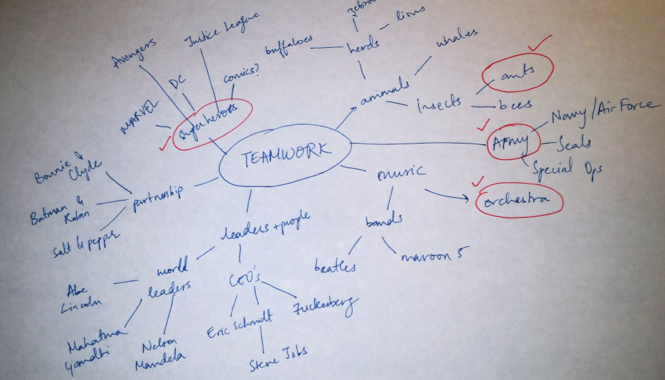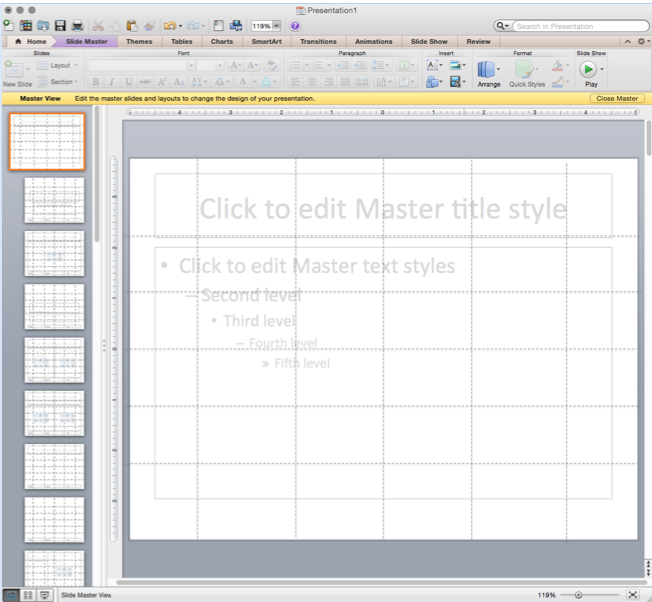Last semester, Fall 2014, I taught
calculus in a flipped classroom environment. Before every class, my students would watch
short videos introducing the topics of the day and complete a series of online
“prep-problems” for each video. A few hours
before every class, I received a computer-generated summary from our web platform
of how my students did on these problems.
The hope was that I could use that data to better tailor examples and
in-class activities to the topics with which my students were struggling.
This is normally how a flipped
classroom is designed. The basic idea is
to take introductory material out of the classroom and instead use class time
for hands-on examples and more interaction between the instructor and the
students. The main difference between
my experience and that of most people who talk about flipping their classrooms
is that I did not create or choose the videos for my students. I was teaching as part of a coordinated
course and it was our course director who created the videos two years
ago. This meant that I entered into the
semester hoping to learn more about the flipped classroom and honestly, to be
convinced that it could work, without having to invest a large amount of time
into implementation.
While most of the things I noticed during
the semester are specific to our implementation and our videos, I think the
following three points are valuable to anyone considering flipping the
classroom:
1.
Think about content. A pre-class video is another way to
present material, just like lecture, demonstrations, or using props in class.
a.
There
is some material that lends itself wonderfully to videos. I loved the videos that meant I did not have
to attempt (and fail) to draw 3D pictures on the board. Many students spoke highly of the videos
where the main goal was to derive a formula.
b.
But
for the more conceptual ideas? Videos
did not cut it. Yes, students could
pause and rewind, but the explanation never changed. This meant that some students came to class
already extremely frustrated that “the videos didn’t teach [them] anything.”
You may want to consider having an alternative explanation or teaching method
on hand for difficult concepts.
2.
Think about the in-class experience
just as much, if not more, than the videos. Before you flip a classroom with
videos, you need videos. In April, Simona
Lorenzini and I will lead a workshop exactly aimed at creating this
video content. But once you have the
videos, you have to use them! The most
important questions to ask yourself are:
a.
How
do I gauge what my students have learned from these videos? How can I leverage that to improve the
in-class experience for all my students?
b.
How
do I make my classroom as active as possible, so students stay engaged despite
“learning” the material via videos?
c.
How
can I make the constant transition between video and in-class and back again as
seamless as possible?
3.
Just because students watched a
video does not mean they have learned and internalized everything.
One selling point of the flipped classroom is that it removes some of
the tedious lecture from class and therefore allows instructors to do
more. However, the students are not
always as far along after watching the videos as you might hope. Speaking from my own experience, I was often
tempted to use the videos and prep-problems to justify (to myself) skipping
some more basic examples.
When
I taught Calculus II without videos, I would do 3-4 simple examples in class
with the students (let’s say level 1 or 2 for a scale). If those went well, I would do a couple more
complicated problems (say level 3 or 4 if they were really getting it). Last
semester, one basic (level 1) example was in the video. The prep-problems (usually) asked the
students to do 2-3 level 2 or 3 examples.
Thus, it often felt natural to start class with a level 3 problem and
then dive in to level 4 problems.
The problem with this: students often struggled through
the prep-problems and (since they were online) sometimes got the correct answer
without internalizing why. Therefore,
starting class at level 2 would have been a safer bet. If that example goes off without issue, then
slowly make your way up to levels 3 and 4.
Overall, I am happy that I tried the
flipped classroom and would look forward to doing it again, though most likely
with videos I picked out or created myself.
It is a different type of teaching and I think its value comes in how
each person can adapt (or steal from) the concept to improve and critically
reflect on their teaching, including taking those ideas back to a “traditional”
classroom.




